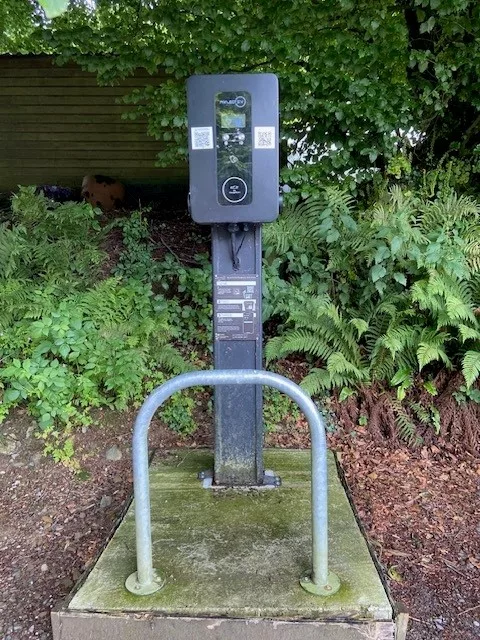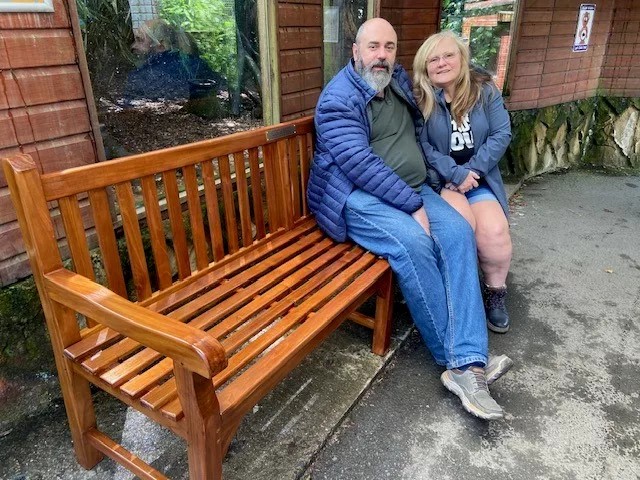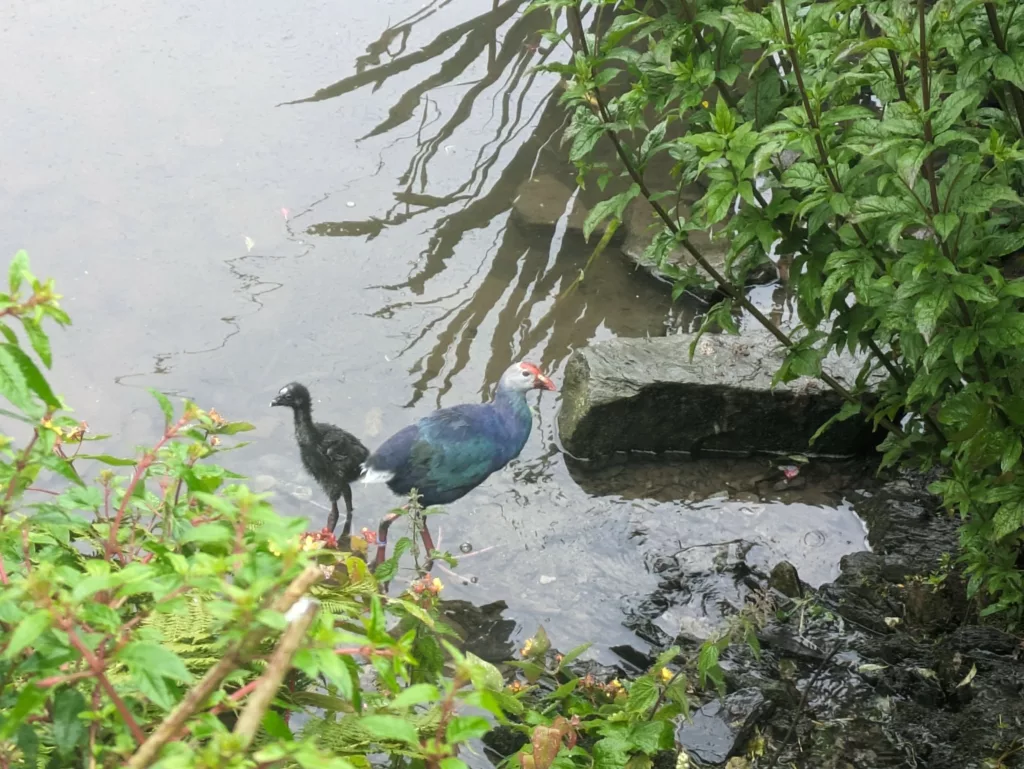Exmoor Zoo Journals
Did you know a female dingo is called a tingo?
Dingos are thought to have been introduced from Southeast Asia nearly 4000 years ago to Australia by seafarers (although some DNA evidence from living species reckons their mitochondria might date back even further up to nearly 18,000 years ago). Dingos are Australia’s largest mammal carnivore and as a opportunistic predator their diet can be virtually anything. Typically, though kangaroo, wallabies, wombats and rabbits are they preferred foods and hunting at night time. However they are instrumental at keeping down non-native species like rabbits and feral pigs. Yet this doesn’t mean that they are welcomed by farmers and their livestock. The introduction of European settlers in the 19th century had predation of their livestock and this meant their ranges decreased due to persecution. On top of those threats is their ability to interbreed with domestic dogs which is decreasing their gene pool- much like our Scottish wild cats over here in the UK.
Thought to be a sub species of wolf, the warrigal another name for dingoes, they tend to have a quite a few similarities as they form packs of up to 12 along with other family members and can hunt together or alone. They also roam great distances and communicate with wolf like howls, as they tend not to bark. Fur colouration can tell you what habitat they can be found in, mostly golden are from the desert regions and darker tan to black in forested areas. (Another interesting fact is that they have longer canine teeth than domestic dogs).
Our two new Dingos ‘Boots’ aptly named because of his shoes on his feet and ‘Stella’ have joined us from Hamerton zoo and have been settling in really well. They are only 2years old (and if they want to beat the oldest dingo they need to reach 18years and 8 months!) and it’s the first time they have been away from home, so the zoo keepers have been visiting them often to check up on them Derek our curator says ‘they remind us a lot of our old Singing Dog pair but bigger and bulkier’. The hope is they will eventually be added to the carnivore experiences as they have been around zoo keepers since they were born. Director Danny says ‘They are on display now and have already become a firm favourite with a lot of the staff and were one of only two zoo’s in the UK to house this species.’

Exmoor Zoo is proud to announce the installation of a brand-new EV charging point in...

We extend our deepest gratitude to Shirley and Pete O’Shea for their generous donation of...

We’re thrilled to announce the arrival of our first-ever Swamp Hen chick! Just take a...




